Industry pushes for reinstatement of amnesty for environmental violations
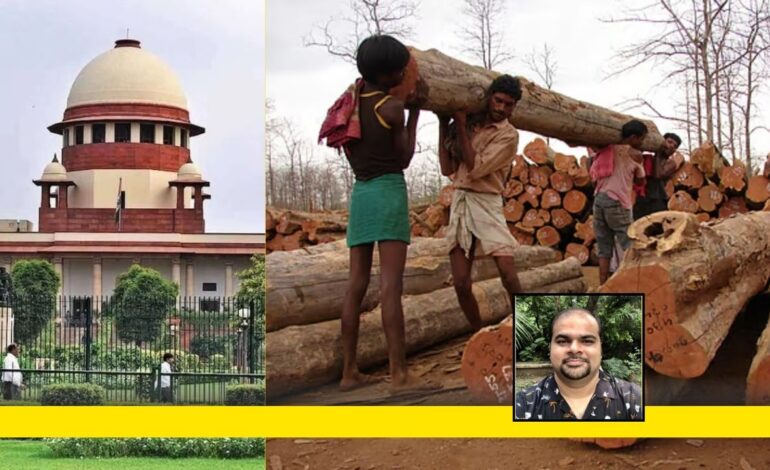
In early April, the Supreme Court of India concluded hearings in a Public Interest Litigation (PIL) that challenges a government-issued procedure for handling environmental violations. Experts say the case could significantly impact the country’s environmental rule of law.
“Submissions are heard. Judgment is reserved,” said the order, passed on April 2 by Justice Abhay S. Oka and Justice Ujjal Bhuyan. This order brought a more than year-long legal battle closer to the finishing line.
It began in December 2023 when Vanashakti, a Mumbai-based non-governmental organisation, filed a PIL in the Supreme Court. Its key request was that a Standard Operating Procedure (SOP) issued by the Ministry of Environment, Forests, and Climate Change (MoEF&CC) on July 7, 2021, be quashed as it is arbitrary and illegal. The SOP came for identification and handling of violation cases under Environmental Impact Assessment (EIA) Notification 2006. The petition claimed the procedure was issued beyond the legal powers available to the ministry under the Environment Protection Act 1986.
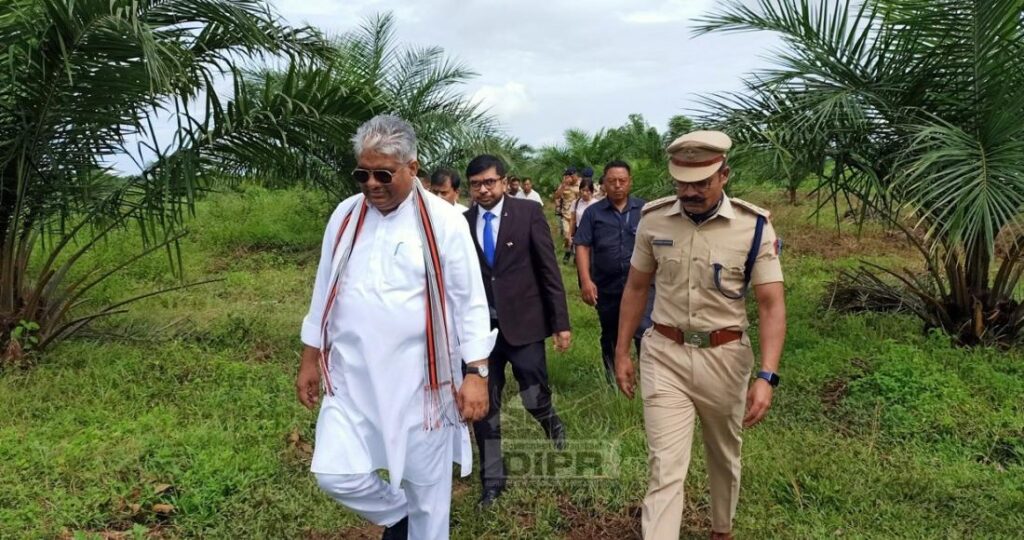
Stalin D., a director with Vanashakti, explained that the SOP “alarmed and dismayed” them. “Massive projects that have zero concern for the environment would get the green flag, and there would be irreparable damage to the environment,” he said in an interview with Mongabay India.
In an interim order on January 2, 2024, the Supreme Court stayed the SOP until further orders.
Since then, many prominent companies and influential real estate players have intervened in the case, requesting that the SOP be reinstated by undoing the stay order. However, their reasons for making this request before the Supreme Court differed.
Amnesty for EIA violators
On July 7, 2021, India’s environment ministry issued a nine-page document that described the Standard Operating Procedure for “identification and handling of violation cases under EIA Notification 2006….” The SOP is described as an “amnesty” for violators of the Environmental Impact Assessment notification.
The SOP clarified in its introduction that it was drafted and issued to comply with an order passed by the National Green Tribunal (NGT) on May 24, 2021. It outlined a three-step procedure for dealing with instances in which project proponents violate the 2006 notification or do not comply with conditions imposed by regulators while granting environmental clearances (EC).
The first step talked about the ‘closure of the activity/project or revision.’ It describes the type of actions that would be taken against violators. It says their units/projects could be shut down or activities restricted depending on various factors.

The second step in the procedure involved taking action under the Environment (Protection) Act 1986, against violators. The third step calls for ‘appraisal under the EIA Notification’ to examine if the project/activity was at all eligible for the grant of prior EC.
The procedure defined violations as cases where projects begin construction, installation, or excavation—or expand production capacity or area—without obtaining prior EC or necessary approvals for changes in scope. That is because the EIA Notification makes receiving prior environmental clearances for projects and activities mandatory.
The procedure defined non-compliance simply as non-compliance with “terms and conditions prescribed by the Regulatory Authority in the Prior Environment Clearance accorded to the project.” It also defined the extent to which monetary penalties violators would have to cough up for different violations. The minimum amount a project proponent needed to pay was 1% of the overall project cost.
This procedure was soon challenged in the Madurai bench of the Madras High Court, which passed an interim stay order against it within a week, on July 15, 2021. By December of that same year, the Supreme Court restricted the applicability of this stay to the territorial jurisdiction of the Madras High Court while hearing another case. Now, the Supreme Court has concluded its hearing in this matter.
Major industry players want SOP back
The January 2024 stay order prompted many private and public companies to file applications requesting to intervene in the Vanashakti case. A review of the applications filed by the CREDAI, a real estate industry association, Tata Steel Limited (TSL), and Maharashtra-based Goel Ganga Developers Private Limited shows all three argued in favour of the SOP and requested that the stay order against it be suspended or vacated. They wanted the SOP to be revived.
CREDAI, which represents over 13,000 developers across India, filed its application less than a month after the stay order. It termed the SOP “critical for the entire real estate sector,” highlighting the procedural difficulties developers face when attempting to revise Environment Clearances (ECs). It argued, “…developers are constrained to proceed to carry out the changes in construction and apply for revised EC. The OM, therefore, addresses an urgent and practical industry need in cases where no revision in EC has been sanctioned by MoEF&CC.” The OM refers to the Office Memorandum through which the SOP was issued.

The real state body argued favourably about the legality of the OM by saying it is “founded and based on the touchstone of principles of proportionality and polluter pays as enshrined under Section 15 of the EP Act and is in consonance thereof.” Based on these principles, CREDAI argued, “not regularising irregularities would be harsh and unreasonable.” The CREDAI application also claimed that 99.3 thousand ongoing real estate projects were “prejudiced” because of the interim stay imposed on the procedure, which prompted it to file the application in the court.
TSL, another intervenor, cited the SOP’s importance in resolving legacy issues associated with its acquisition of a Jharkhand-based steel plant from Usha Martin Limited. The company said that post-acquisition audits revealed several discrepancies and non-compliances in environmental clearances granted to the previous owners. TSL claimed it had voluntarily reported these issues to the MoEF&CC in 2020 and initiated corrective action, including submitting documentation for EC amendments.
TSL argued that the stay had obstructed this process, despite a clarification issued by the Supreme Court on February 2, 2024, which stated that projects with valid pre-July 2021 clearances could still have their amendment proposals considered. The company claimed that MoEF&CC had acknowledged its case as non-compliance—rather than violation—and had recommended consideration on merit. However, due to the stay, the final amendment could not be processed. In its submission, it also defended the SOP by saying that it is “in no way contrary to the EIA Notification, 2006, or in violation of the provisions of Environment Protection Act, 1986 as it provides a mechanism/roadmap for identification and handling of violation cases under the EIA Notification.”
Another intervention came from Goel Ganga Developers Private Limited, a Pune-based real estate firm that has been fined for environmental violations in the past. Its application reveals that a National Green Tribunal (NGT) ruling in a case involving this company prompted the Union Environment Ministry to draft the SOP.
The firm defended the procedure in its court application and criticised the petitioner by calling the civil society group’s legal challenge “absolutely misplaced and misconceived.”
Concerns over the SOP
In July 2021, environmentalists and activists were strongly critical of the procedure when it was released. Their main bone of contention was that the nine-page document allowed post-facto environmental clearances, which are not permissible under the EIA notification.
Debadityo Sinha, who leads the Climate and Ecosystems team at the Vidhi Centre for Legal Policy, called the SOP “vague” and said it undermines compliance with the EIA Notification by rewarding violators and weakening regulatory deterrence. “Why would any project proponent follow procedures like impact assessments, public consultations, or scrutiny when they can simply pay a nominal penalty—sometimes just 1% of the project cost or less—if they voluntarily disclose the violation?” asked Sinha. He criticised the approach as one that normalises “pollute and pay,” further weakening environmental enforcement in India.
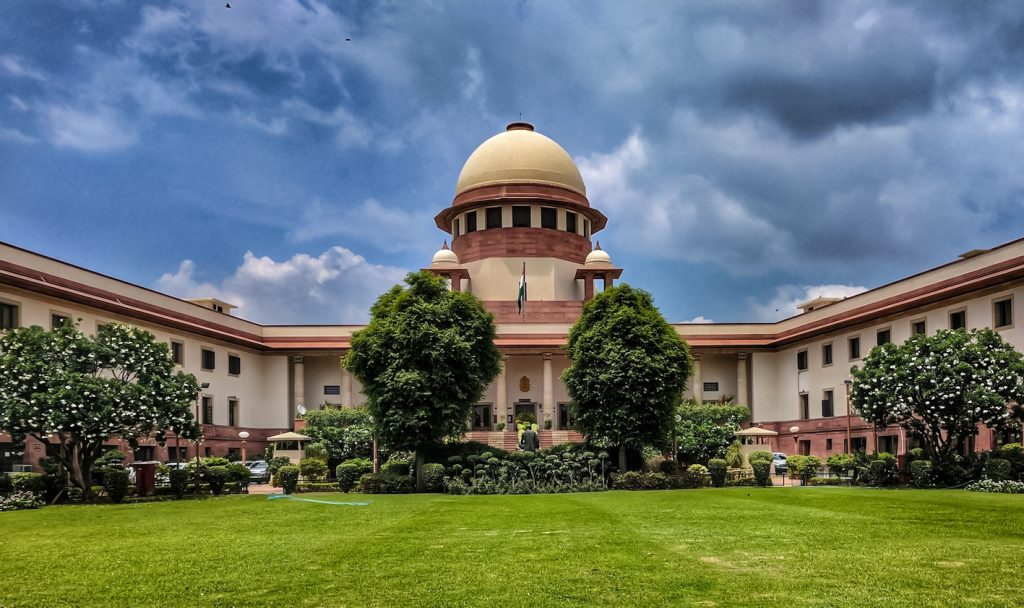
Vanshdeep Dalmia, the Advocate-on-Record in the Supreme Court who drafted and argued Vanashakti’s petition, described the SOP as an “amnesty” for past violators of the EIA Notification. Dalmia pointed to a ground in his petition to explain why, in his view, the amnesty is problematic both from the standpoint of legality and environmental conservation. “…a provision of ‘prior EC’ and ‘ex post facto EC’ cannot co-exist being mutually destructive and an oxymoron, for the simple reason that an impact assessment can only take place before the commencement of activity and not after, and that an EC is an approval which is taken prior to the commencement of activity and emanates from the “precautionary principle” which is one of the cornerstones of environmental jurisprudence,” the petition said.
This article was first published in Mongabay and can be read here.


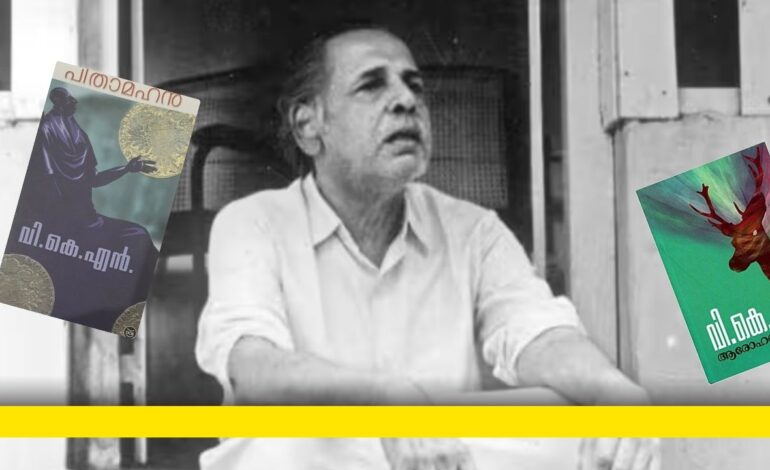
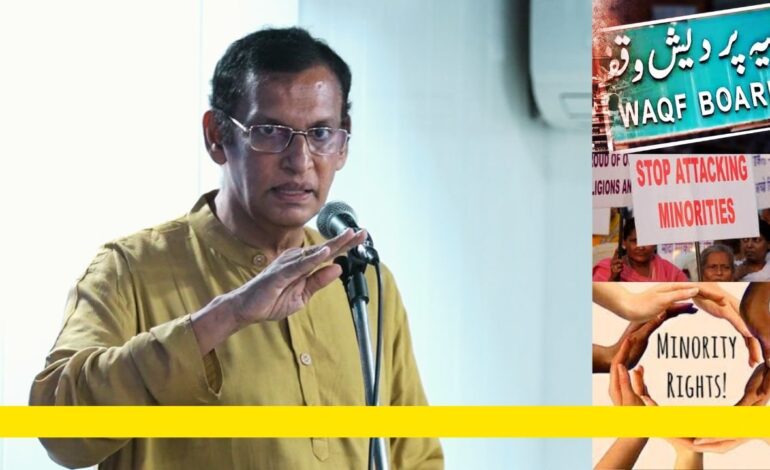
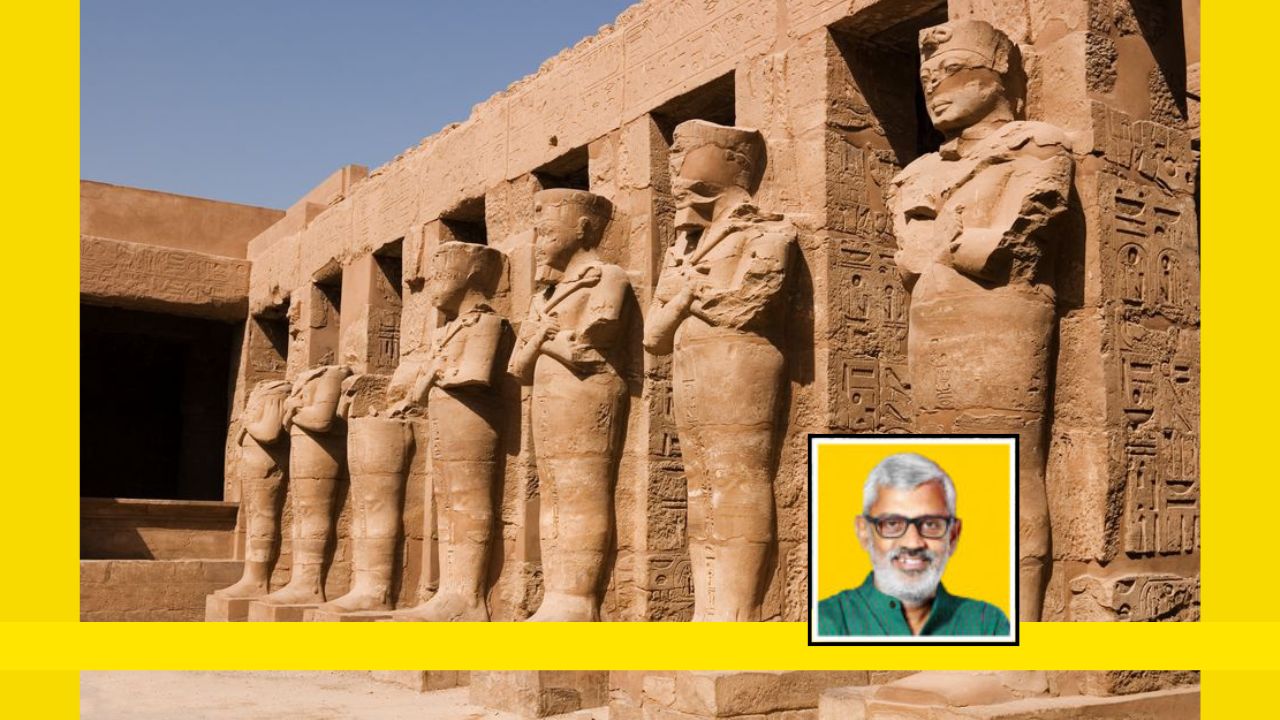
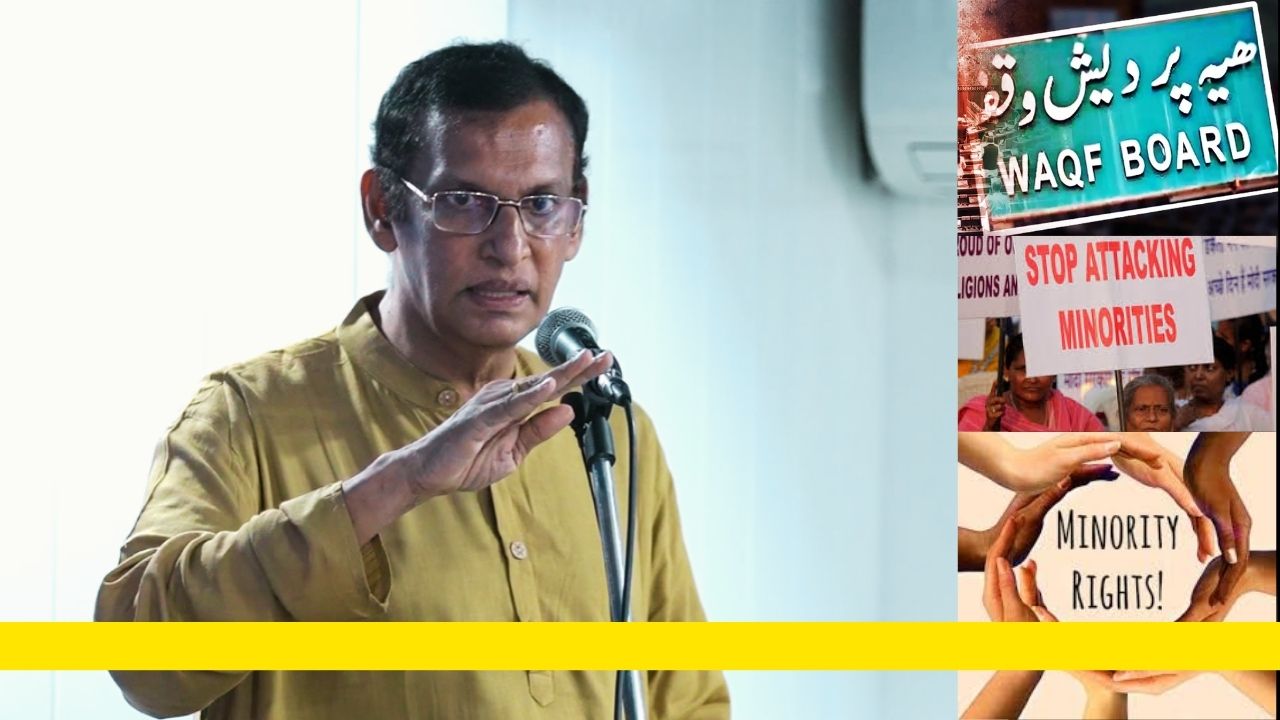
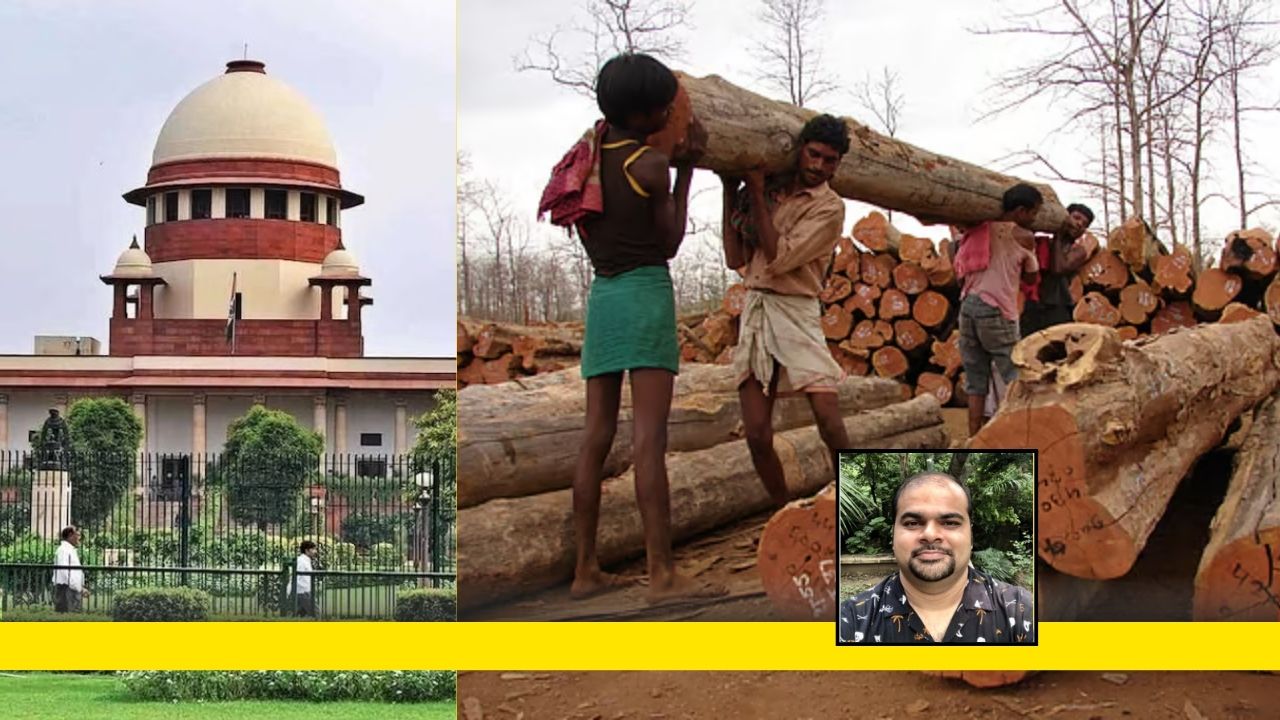
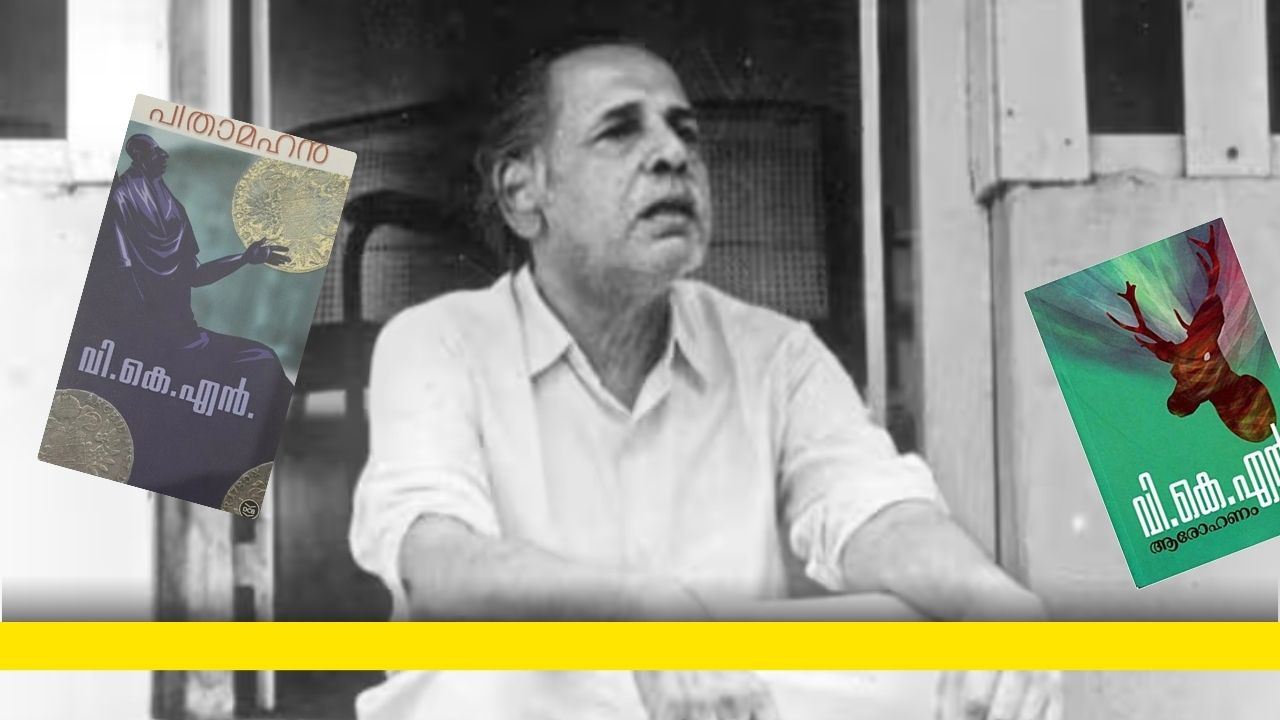
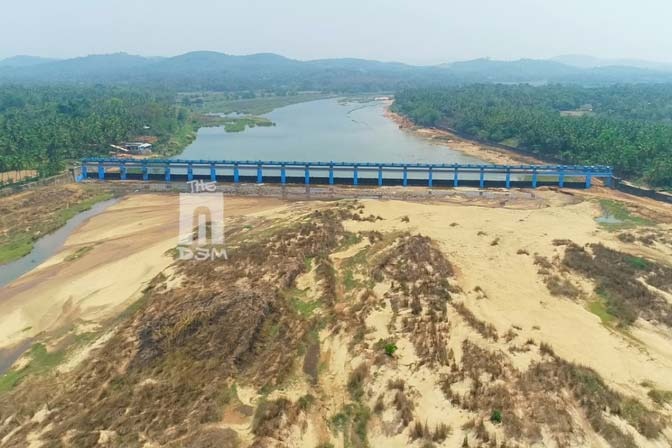



Yes..it has to be fought and to do away from implementation of SOP…
Centre had allowed industries to utilise 100 Kms of forest areas which were forbidden earlier, citing to improve industrial development…of course on the cost of eco system!